How to Handle Cardiac Arrest in the Dental Setting
Hundreds of thousands of Americans experience cardiac arrest each year. Is your office prepared to handle this type of emergency? Take this quiz to test your knowledge on managing this serious health emergency.
Being prepared can spell the difference between life and death for patients experiencing a cardiac emergency in the dental office. More than how many people experience sudden cardiac arrest each year in the United States?
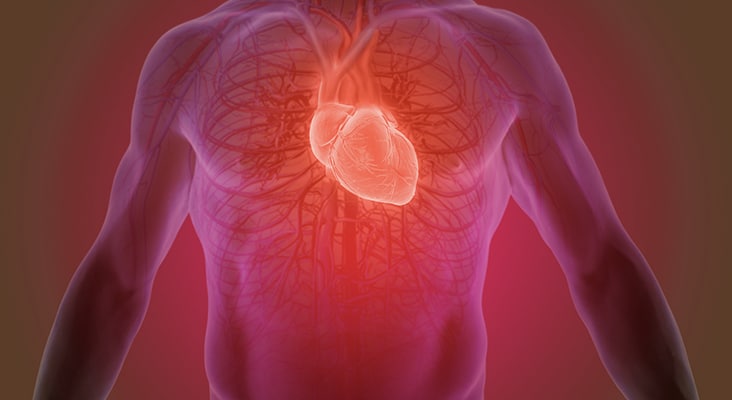 Lars Neumann / iStock / Getty Images Plus
Lars Neumann / iStock / Getty Images Plus
Cardiac arrest is one of the most frequently seen medical emergencies in the dental office, and clinicians and bystanders have less than how many minutes to act before the victim develops permanent neurological damage?
 artoleshko / iStock / Getty Images Plus
artoleshko / iStock / Getty Images Plus
The American Dental Association (ADA) recommends that all dentists and dental hygienists be certified in basic life support that encompasses competency in cardiopulmonary resuscitation and the proper use of an automated external defibrillator.
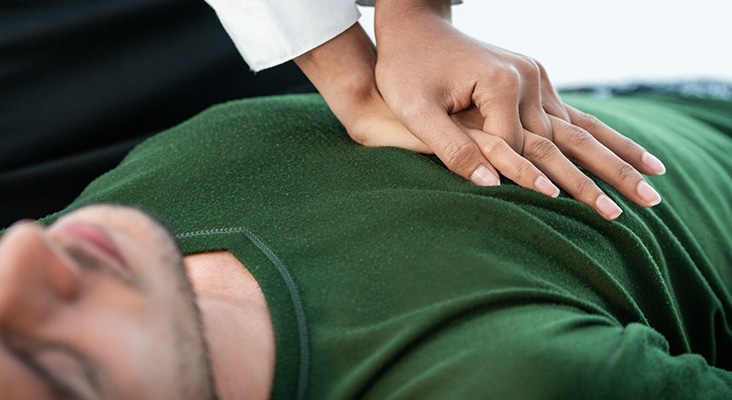 NanoStockk / iStock / Getty Images Plus
NanoStockk / iStock / Getty Images Plus
Along with ensuring the office has the proper equipment, dental teams should also establish an emergency protocol, including a source of oxygen, basic emergency drugs, and training in basic life support and use of emergency equipment.
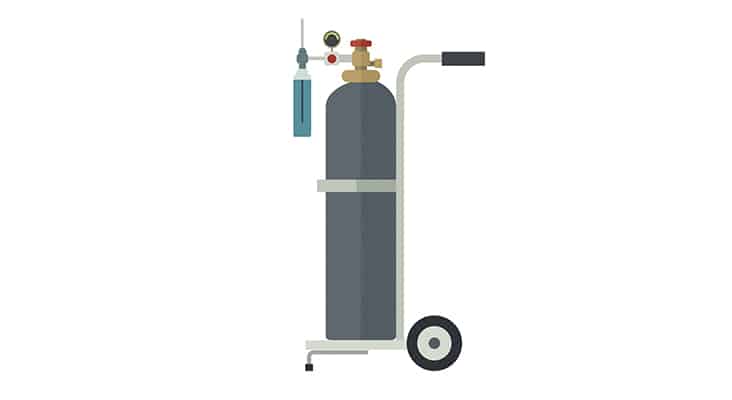 Supirloko89 / iStock / Getty Images Plus
Supirloko89 / iStock / Getty Images Plus
Throughout the emergency, the team leader should do which of the following?
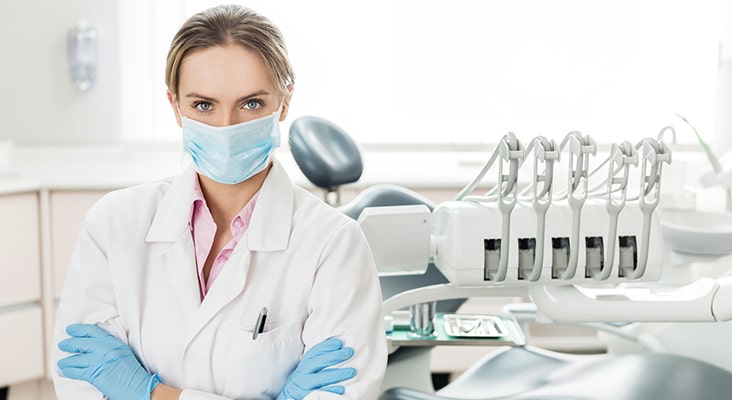 yoh4nn / iStock / Getty Images Plus
yoh4nn / iStock / Getty Images Plus
Team Member 2 is in charge of bringing the emergency kit, oxygen tank, and automated external defibrillator to the team leader and patient as quickly as possible.
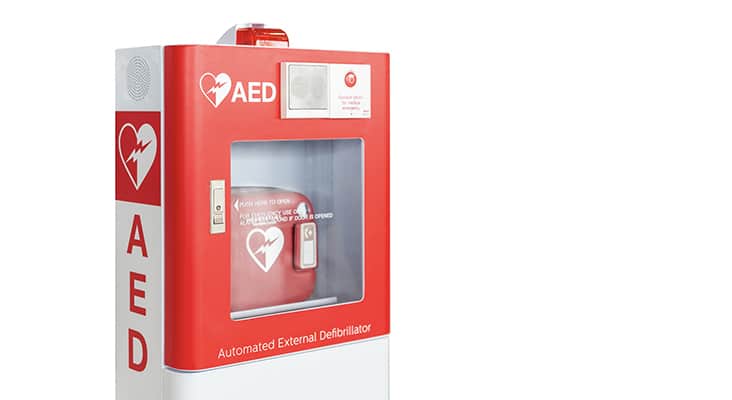 coffeekai / iStock / Getty Images Plus
coffeekai / iStock / Getty Images Plus
Team Member 3 should immediately contact 911 and wait at the office entrance to direct paramedics to the emergency area.
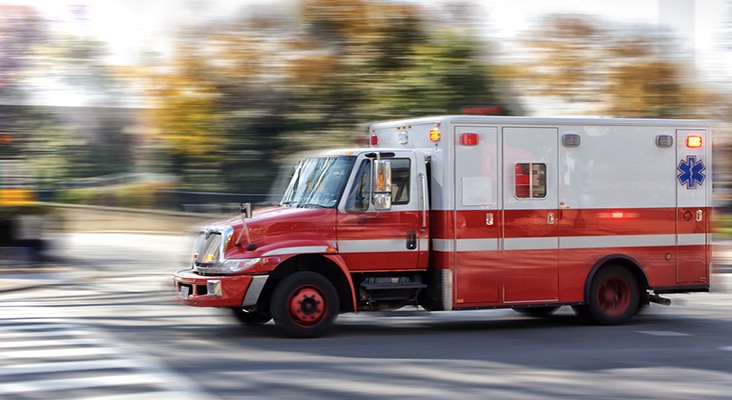 wsfurlan / E+
wsfurlan / E+
Offices that perform general anesthesia or deep sedation are always required to have an automated external defibrillator present.
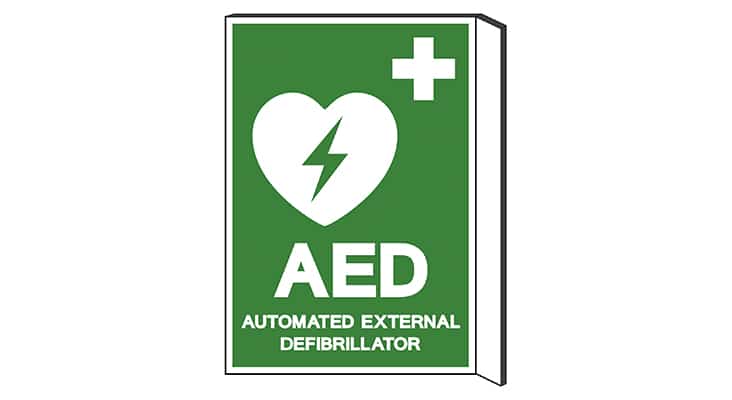 yongyut Chanthaboot / iStock / Getty Images Plus
yongyut Chanthaboot / iStock / Getty Images Plus
Share your Results:

